Reconstructing Curating on Miro: How Our Group Challenged the White Cube Narrative
Introduction: From Virtual Whiteboards to Real-World Experimentation
“As our Miro board filled with sticky notes, arrows, and wild speculations, I realized that this was more than just a class discussion—it was a micro-revolution in the future of curating. From dialogue chambers inside cars to tactile VR for visually impaired audiences, the sparks ignited on our digital whiteboard were actively reshaping the boundaries of ‘exhibition-making’.”
Key Questions from the Week 2 Planning Meeting:
•Can curatorial formats exist beyond physical space?
•How can collective work avoid becoming an empty utopian slogan?
•What evidence on Miro reflects our shift towards non-traditional spaces, ethical technology, and skill-sharing?
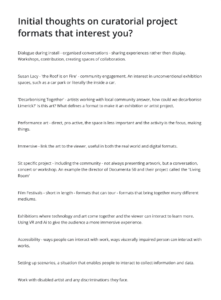
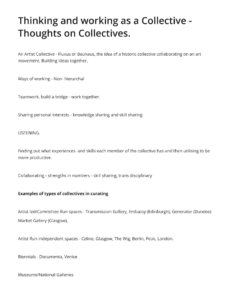
Curating Intimacy: Experimental Models and Critical Reflections
Following my previous reflections on curating intimacy, I have developed a series of experimental models that seek to transform exhibition spaces into arenas for personal and collective healing.
1. Energy Theater: Ethical Dilemmas and Emotional Algorithms
Inspired by ZKM’s critique of digital ethics, this interactive installation invites visitors to wear sensors that monitor their heart rate and breathing. This biometric data generates real-time audiovisual landscapes, aiming to quantify the energy flow within intimate relationships. However, this raises ethical questions reminiscent of Abramović’s Rhythm 0 (1974)https://www.guggenheim.org/artwork/5177, where she relinquished control to the audience. Can we critique technological capitalism while utilizing its tools?
2. Knowledge Archaeology: Trauma Archives
Drawing from Arts Catalyst’s “knowledge equity” movement, this segment features a “Trauma Archive Room” where visitors can contribute mementos from past relationships. These items are embedded in crystal structures, symbolizing energy transformation and the materiality of trauma. Yet, this participatory approach risks emotional exploitation—are we commodifying others’ pain?
3. Decentralized Narratives: The Localization Trap
Emulating the 2023 Taipei Biennial’s “island methodology,” the exhibition extends into local spaces such as the common room of my apartment in Edinburgh (EH3 9DH) and The Tap, a nearby bar. Local residents are invited to reenact segments of Abramović and Ulay’s The Lovers: The Great Wall Walk (1988). This strategy aims for localization but must avoid romanticizing or appropriating local cultures.
4. Public Philosophy: The Paradox of Dialogue
Building on Fruitmarket’s philosophy of public space, the final segment features a “Silent Roundtable” where participants engage in non-verbal communication, reminiscent of Abramović’s silent engagements. This challenges the assumption of knowledge as a public resource: can curating reconstruct publicness through embodied silence?
Critical Reflections: The Ethical Precipice of Curating
1. Privatization of Trauma: Publicizing personal emotions may turn suffering into spectacle, as seen in the viral spread of emotional moments from The Artist Is Present. How can we prevent curating from becoming an accomplice to emotional capitalism?
2. The Illusion of Decolonization: Western art narratives often absorb localized stories as exotic curiosities. If my curation highlights “Scottish breakup culture,” am I perpetuating the same logic?
Future of Curating: An Unfinished Funeral
Abramović once stated, “Joy doesn’t teach us much; pain transforms us.” My project culminates in an “Unfinished Funeral”—participants take fragments of the crystal sculptures, committing to bury them in a place of personal significance. This act questions the closure of the exhibitionary complex, suggesting that the end of curating is the beginning of individual healing.
Leave with this question: When curating seeks to catalyze ephemeral energy transformations rather than permanent displays, are we approaching the essence of art?
References
• Abramović, Marina. The Artist Is Present. Performance at The Museum of Modern Art, New York, 2010. MoMA Exhibition
• Smith, Terry. Curating the Complex & The Open Strike. Berlin: Sternberg Press, 2022. Sternberg Press
• Abramović, Marina, and Ulay. The Lovers: The Great Wall Walk. Performance, 1988.
• Abramović, Marina. Rhythm 0. Performance, 1974.
• “Taipei Biennial 2023.” Taipei
Invitation to the Reader:
“Click [here] to enter our public Miro board. Drop your most provocative critique in the ‘Controversy Zone’—let’s prove that curatorial democracy can start with a single ‘I disagree’.”
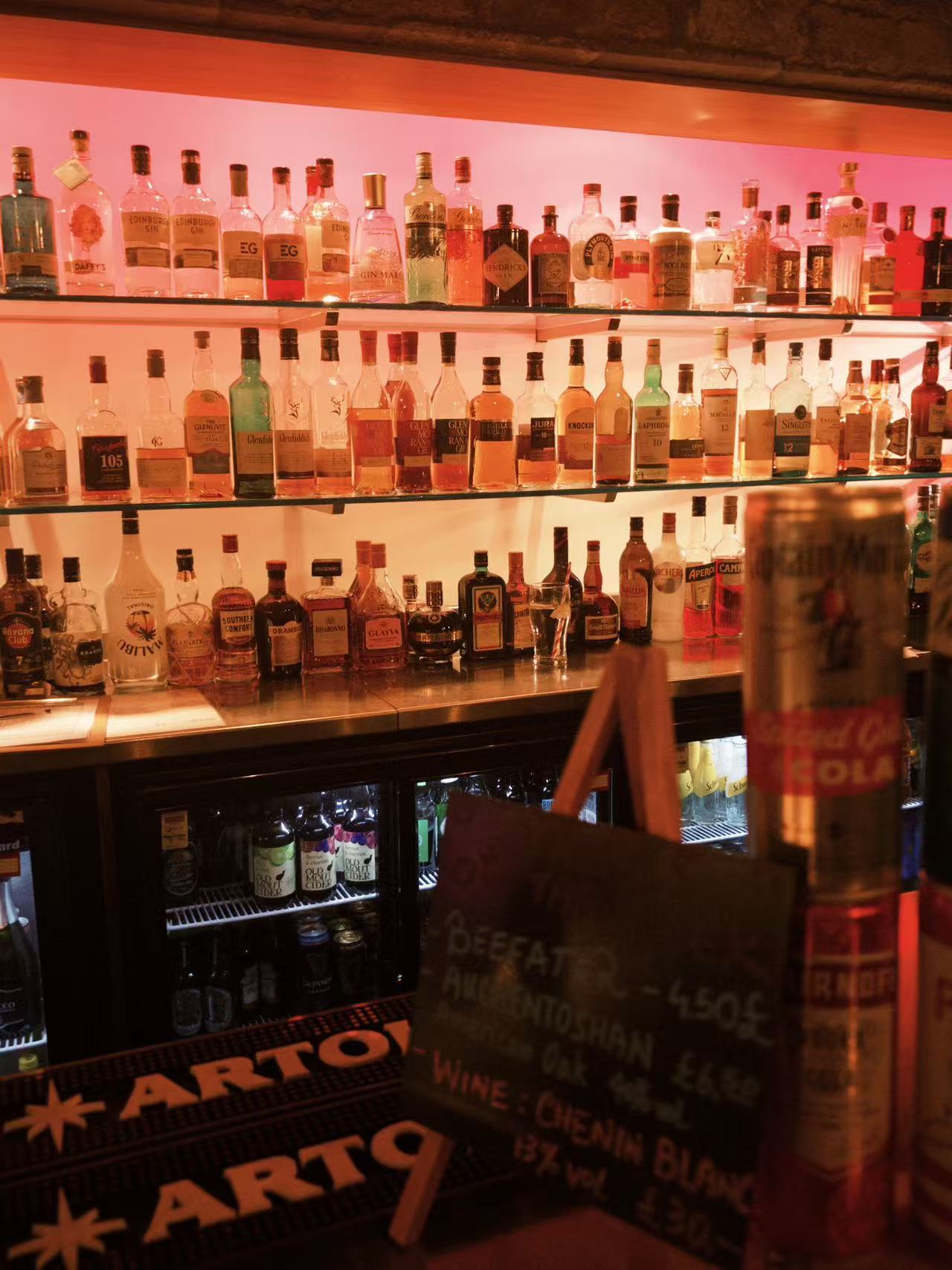

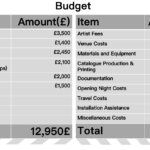
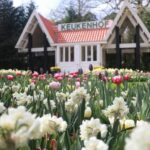
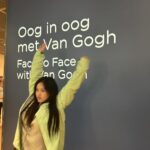

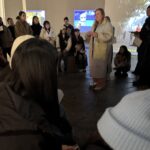
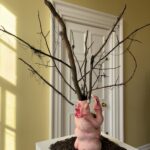


alewisj
6 February 2025 — 14:06
Your blog should demonstrate the research and development of your individual project. Currently, it does not do this, so you will have to make substantial changes to future posts. Reflecting on lecture material can be useful, but you should only use this information if it is relevant to your ideas. Your blog’s main focus should be your ideas and how they are developing. Any research you do should include your own critical reflection.
Your initial post is well-structured and shows a strong grasp of curatorial concepts in the context of broken globalisation. However, it relies heavily on lecture content and external sources, lacking sufficient personal reflection and original analysis. To strengthen future post, focus more on personal interpretations and critical reflections. How do these ideas relate to your curatorial interests? What unique perspectives do you bring? While references to theorists are valuable, ensure they support rather than overshadow your own voice.
Your second post provides a strong summary of key curatorial concepts but comes across as more note-taking than as a personal reflection. While the inclusion of theories and references could potentially be relevant, it lacks your unique voice and perspective. To help improve future posts focus on expressing your personal thoughts—what aspects of curating resonate with you the most? How do these ideas shape your curatorial approach? Expanding beyond simple summarisation can clarify your intentions and enhance your writing’s engagement. Consider integrating your interpretations alongside relevant theories to create a more dynamic and insightful reflection.
Your final post presents interesting ideas but, again, uses a not-taking format. It lists key concepts from the discussions without clearly expressing your own interpretations or interests. Instead of summarising what was covered, try to engage more critically. You may reference theories but use them to support your own reflections rather than replace them. Transitioning from merely listing information to articulating your personal perspective will strengthen and enhance your blog post. Additionally, you should begin writing about your speculative exhibition. Which artists do you plan to feature, and what format will the exhibition take?
s2721851
7 February 2025 — 15:46
Thank you for your detailed feedback on my blog. I realized that the previous posts relied too much on lecture content and external sources, and lacked personal reflection and original analysis. I now understand that the main purpose of the blog is to showcase the research and development process of my personal project, emphasizing my unique perspective and critical thinking.
I am currently making substantial changes to the blog to better reflect my curatorial philosophy and project progress. In each blog post, I plan to delve deeper into my personal understanding of game development, share reflections on the project development process, and critically reflect on the theory and practice involved.
I believe that through these improvements, my blog will better reflect the research and development process of my curatorial projects. Thank you again for your guidance and I look forward to your further feedback.I still have a question, is it OK if I directly modify the original post?